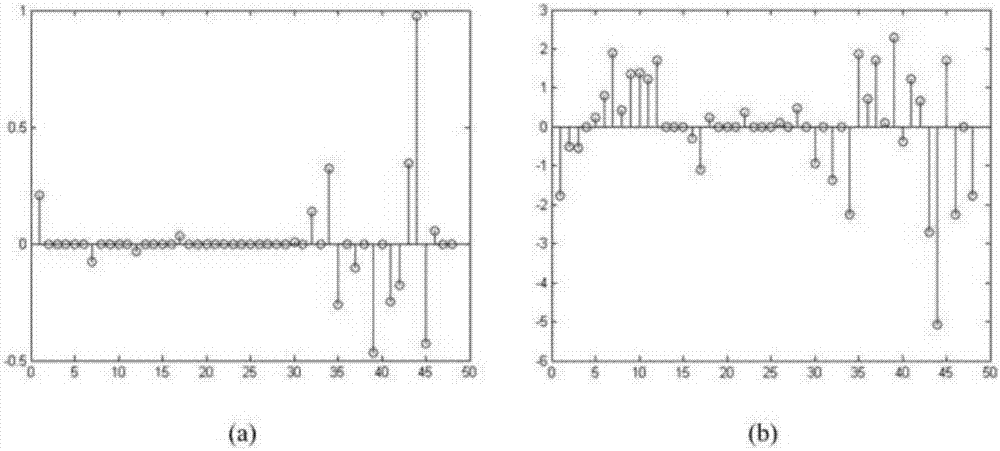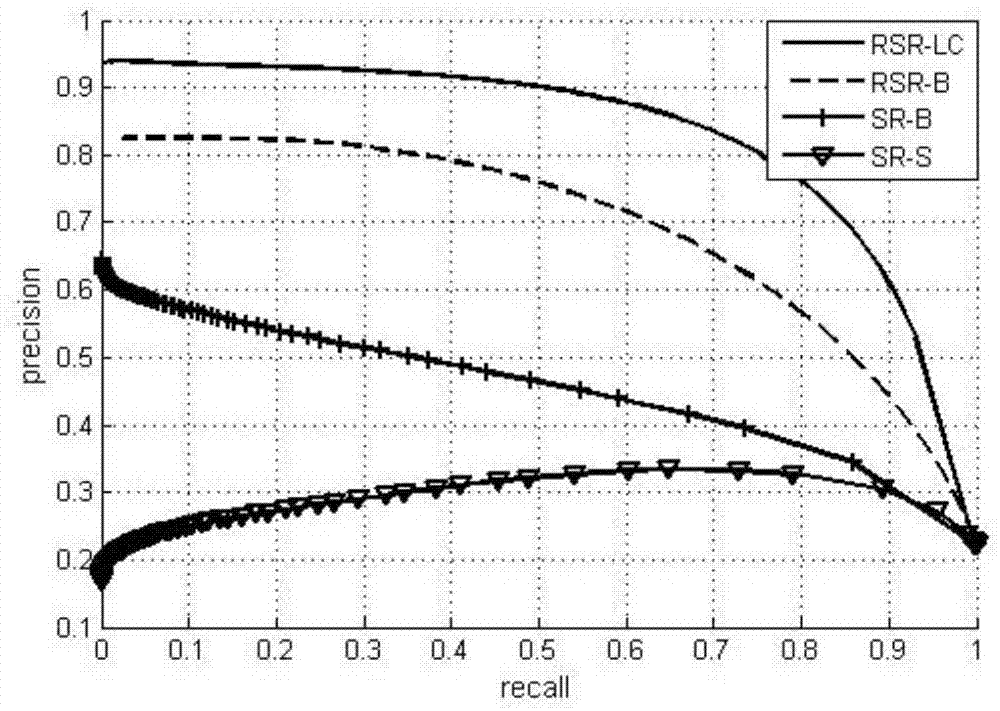Robust sparse representation and Laplace regular term-based salient object detection method
A sparse representation and target detection technology, applied in the field of image processing, can solve the problems of not considering the spatial local consistency and spatial feature consistency of images, and poor consistency of salient target detection results, and achieve the effect of improving the suppression effect.
- Summary
- Abstract
- Description
- Claims
- Application Information
AI Technical Summary
Problems solved by technology
Method used
Image
Examples
Embodiment Construction
[0032] The embodiments and effects of the present invention will be described in further detail below with reference to the accompanying drawings.
[0033] Reference figure 1 , The implementation steps of the present invention are as follows:
[0034] Step 1. Perform over-segmentation on the image to be segmented.
[0035] (1a) Input the image to be segmented, and use the simple linear iterative clustering SLIC algorithm to over-segment the input image to be segmented into N superpixels: S=[s 1 ,s i ...,s N ], s i Is the i-th super pixel, i=1,...,N;
[0036] (1b) For each superpixel s i , Extract the 9-dimensional color feature vector x from the three color feature spaces of RGB, HSV and CIELab i ∈R 9 .
[0037] Step 2. Build a background dictionary.
[0038] Based on the boundary prior information, the super pixels in the boundary area are more likely to be the background area super pixels. Therefore, the present invention uses the super pixels in the image boundary area to construct t...
PUM
 Login to View More
Login to View More Abstract
Description
Claims
Application Information
 Login to View More
Login to View More - R&D
- Intellectual Property
- Life Sciences
- Materials
- Tech Scout
- Unparalleled Data Quality
- Higher Quality Content
- 60% Fewer Hallucinations
Browse by: Latest US Patents, China's latest patents, Technical Efficacy Thesaurus, Application Domain, Technology Topic, Popular Technical Reports.
© 2025 PatSnap. All rights reserved.Legal|Privacy policy|Modern Slavery Act Transparency Statement|Sitemap|About US| Contact US: help@patsnap.com



